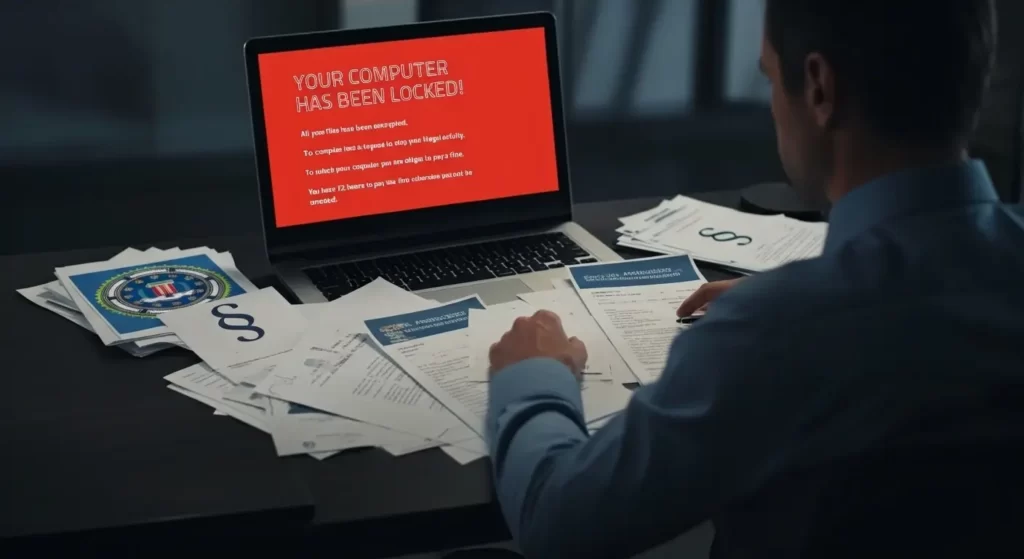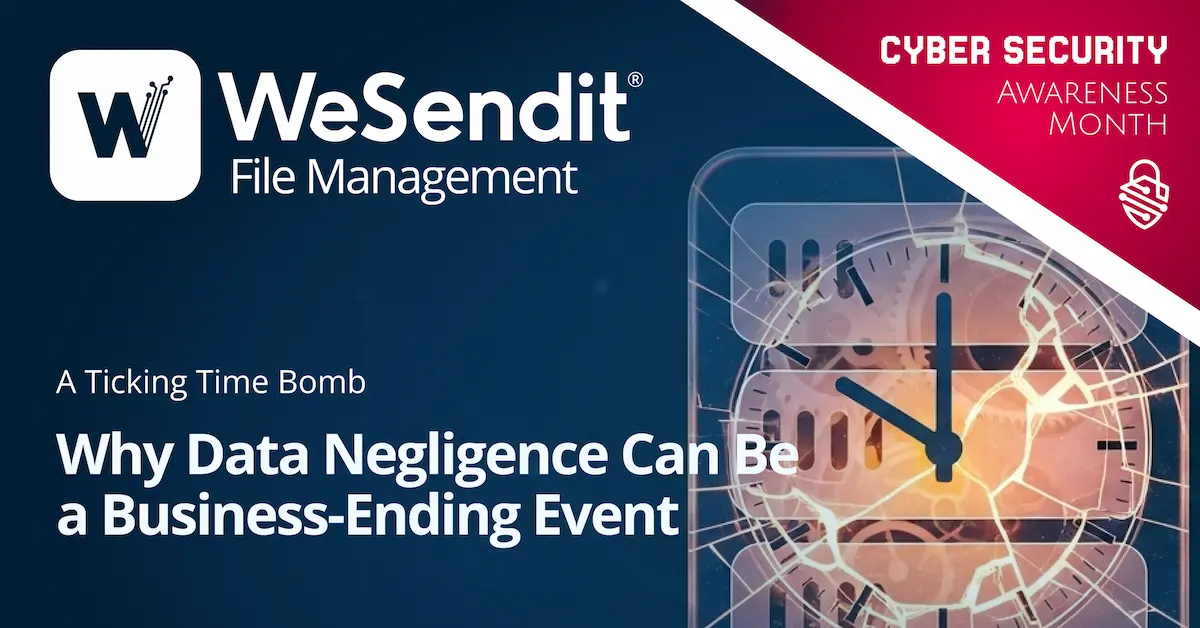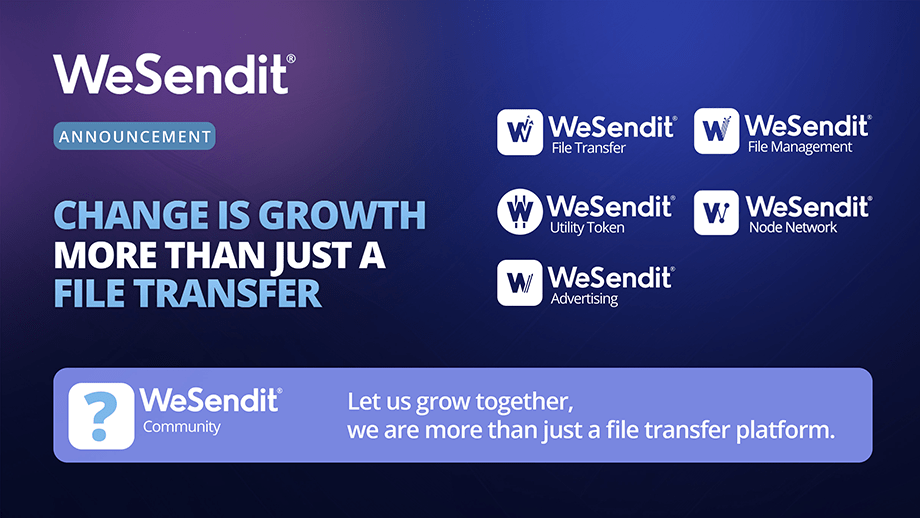In today’s digital economy, data isn’t just an asset; it’s the lifeblood of business operations. From customer databases and intellectual property to financial records and strategic plans, data drives growth, informs decisions, and provides a competitive edge.
Yet, in my years advising businesses across the DACH region, the UK, and the USA, I’ve observed a startling reality: countless organizations are exposed to a critical, yet often silent, threat.
This threat isn’t necessarily a complex attack by sophisticated hackers. It is constructed internally, piece by piece, through seemingly minor acts of data negligence. The danger lies in its invisibility. Operations proceed normally, revenue comes in, and security seems adequate, until it isn’t.
Understanding the forms of data negligence, the catastrophic consequences of a security failure, and the essential strategies required to build resilience is no longer just an IT concern; it is a fundamental responsibility of business leadership.
What Does Data Negligence Actually Look Like?

It’s crucial to understand that the majority of data breaches do not begin with a complex cyberattack. They begin with human error.
Data negligence rarely stems from malicious intent. It stems from ignorance, the desire for convenience, or a simple lack of established protocols. When a company culture prioritizes speed over security, vulnerabilities are inevitably created.
In practice, data negligence takes many forms, often hiding in plain sight:
The Convenience of Weak Credentials
Despite constant warnings, weak and reused passwords remain epidemic. Employees often use the same password across multiple business platforms or rely on easily guessable credentials to save time. When one account is compromised, hackers gain a skeleton key to the organization.
Unsecured Data Transmission
How often are sensitive contracts, payroll information, or proprietary data sent via standard, unencrypted email attachments? Email was never designed as a secure file transfer protocol. Sending sensitive data this way is the digital equivalent of shouting trade secrets in a crowded room.
Lack of Phishing Awareness
The human element is consistently the weakest link in the security chain. Employees who haven’t been trained to recognize sophisticated phishing attempts, emails designed to trick them into handing over login details or installing malware, will eventually fall victim. It only takes one click.
The BYOD Grey Area
Allowing employees to use personal devices (Bring Your Own Device – BYOD) for work can boost productivity, but it introduces significant risk. Are those devices encrypted? Do they have adequate antivirus protection? When personal smartphones access corporate data, the boundary between private use and corporate security blurs dangerously.
The Ghost Employee
A common oversight is the failure to manage access controls effectively. When an employee leaves the company, how quickly are their access rights revoked? In many cases, former employees retain access to critical systems for weeks or even months, creating a massive, unnecessary vulnerability.
The Consequences: Understanding the Impact of a Data Breach

A data breach caused by negligence is sudden, chaotic, and devastating. The consequences extend far beyond IT headaches and temporary downtime.
The Financial Hammer
The immediate costs are severe. For any business operating in or dealing with Europe, the General Data Protection Regulation (GDPR) has sharp teeth. Regulators can impose fines of up to 4% of a company’s annual global turnover or €20 million, whichever is higher, particularly if the breach resulted from a failure to implement adequate security measures. US regulations are also becoming increasingly stringent.
Beyond regulatory fines, businesses face legal fees, the substantial cost of forensic investigation and remediation, and the expense of notifying and compensating affected customers.
Reputational Catastrophe
Trust is perhaps the most valuable currency a business possesses. It is slow to build and instantaneous to lose. A data breach signals to the market that your organization cannot be trusted to protect sensitive information.
Customers, particularly in privacy-conscious markets like Germany and Switzerland, will leave. Attracting new clients becomes exponentially harder, and partners may sever ties to protect their own reputations.
Operational Paralysis
In the wake of a breach, critical systems often must be taken offline to contain the damage and investigate the cause. This can halt business operations entirely. How long can your business function without access to its core data, CRM, or communication tools? Days? Weeks? The operational disruption often causes more immediate financial damage than the regulatory fines.
The Ultimate Price
It must be emphasized: for many small and medium-sized enterprises (SMEs), a significant data breach is not just a setback; it is a business-ending event. The combined impact of financial penalties, reputational damage, and operational disruption is simply insurmountable.
Mitigating the Risk: Building a Resilient Data Security Framework

The threat of data negligence can be neutralized. However, security is not a single product you can buy and forget. It requires a proactive, multi-layered approach that integrates people, policy, and technology.
1. People: The Human Firewall
Your employees are your first line of defense. Ongoing, comprehensive training is non-negotiable. This involves:
- Phishing Simulations: Regularly testing employees’ ability to spot fraudulent emails.
- Data Handling Education: Ensuring staff understand what constitutes sensitive data and how it should be treated.
- Incident Reporting: Creating a culture where employees feel comfortable reporting mistakes or suspicious activity immediately, without fear of reprisal.
2. Policy: The Rulebook
You cannot enforce rules that are not defined. Clear, written policies are essential for consistent data management. This includes:
- Access Control: Implementing the principle of least privilege; employees should only have access to the data strictly necessary to perform their jobs.
- Password Protocols: Mandating the use of strong, unique passwords and implementing Multi-Factor Authentication (MFA) across all systems.
- Data Retention: Defining how long data is kept and how it is securely destroyed when no longer needed.
3. Technology: The Secure Foundation
While people and policies create the framework, technology provides the necessary barriers and safeguards. This involves securing data in transit, at rest, and ensuring its availability.
Secure Transfer and Storage
Relying on outdated systems or tools not built with security as a foundation is a critical error. When sensitive data needs to move, standard email attachments are inadequate.
Organizations must adopt solutions that ensure data integrity and confidentiality. For instance, solutions like WeSendit are designed to tackle this very problem, offering features such as AES256 encryption to ensure files are protected both in transit and at rest. When evaluating tools, looking for these kinds of security-first features is critical. Encryption ensures that even if data were somehow intercepted, it remains unreadable to unauthorized parties.
The Imperative of Backups
Prevention is ideal, but complete prevention is impossible. Whether due to a sophisticated ransomware attack, hardware failure, or simple human error, data loss occurs.23 A robust backup strategy is the difference between a temporary disruption and a permanent closure.
The industry gold standard remains the 3-2-1 strategy:
- Maintain at least 3 copies of your data.
- Store them on 2 different types of media (e.g., local server and cloud storage).
- Keep 1 copy off-site.
The “off-site” requirement is crucial for disaster recovery, protecting data from localized events (like a fire or a targeted cyberattack). While traditional cloud storage serves this purpose, innovations in data storage are emerging to provide even greater security.
For example, the decentralized network currently being developed by WeSendit points towards a future where backup data is fragmented and distributed across multiple nodes. This approach enhances resilience by eliminating the single point of failure inherent in centralized servers, offering a promising avenue for highly secure, immutable off-site backups. As the digital landscape evolves, exploring these future-facing solutions will be key to ensuring true business continuity.
Conclusion: The Time to Act Is Now
Data negligence is an existential threat masquerading as daily routine. It accumulates silently, one unsecured file transfer, weak password, or missed backup at a time, until the cumulative risk reaches a tipping point.
The consequences: financial ruin, regulatory action, and the irreversible loss of customer trust, are severe. However, by fostering a security-first culture supported by comprehensive training, clear policies, and robust technology, you can neutralize the threat and protect your organization’s future.
The time to review your data security practices is not after a breach has occurred. It is today.






